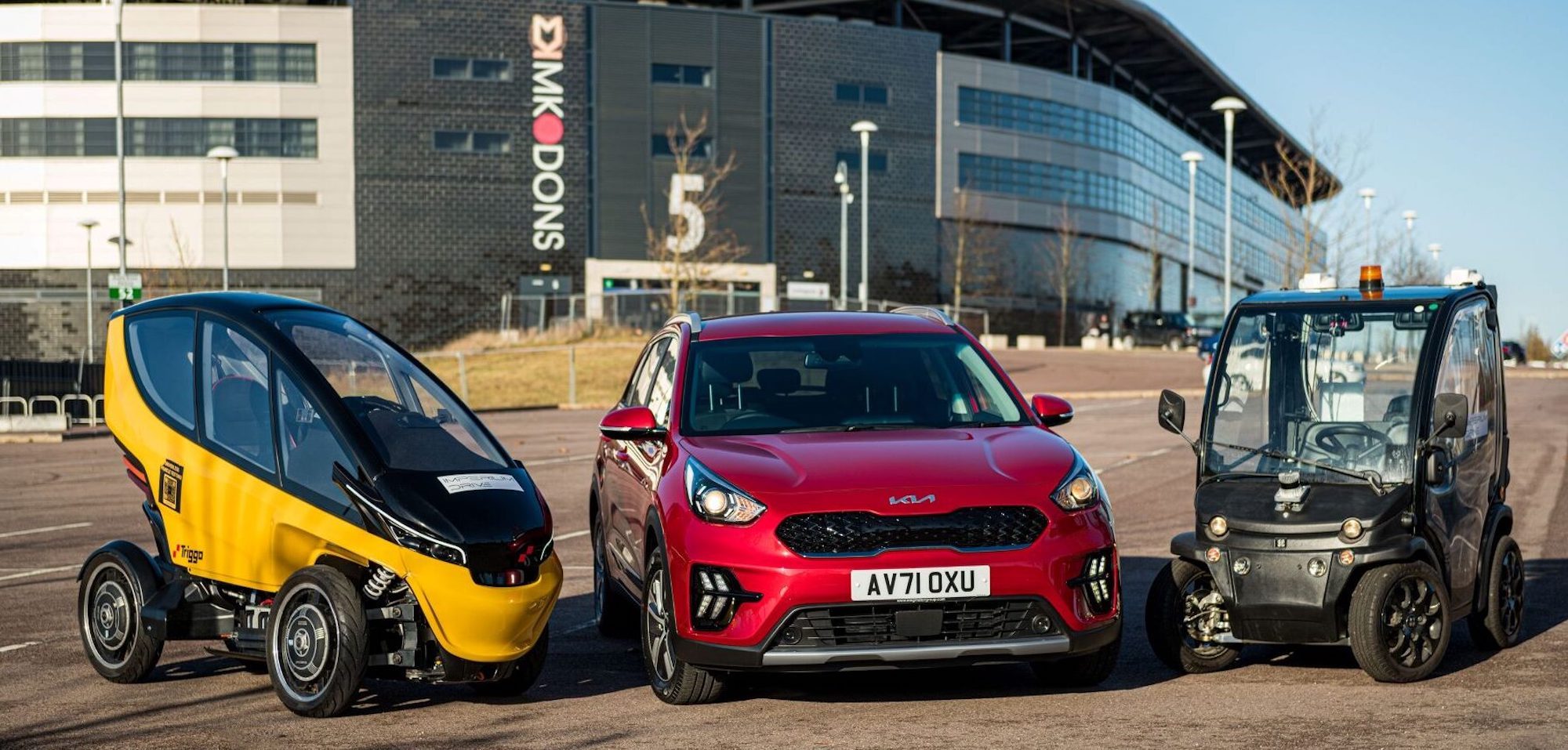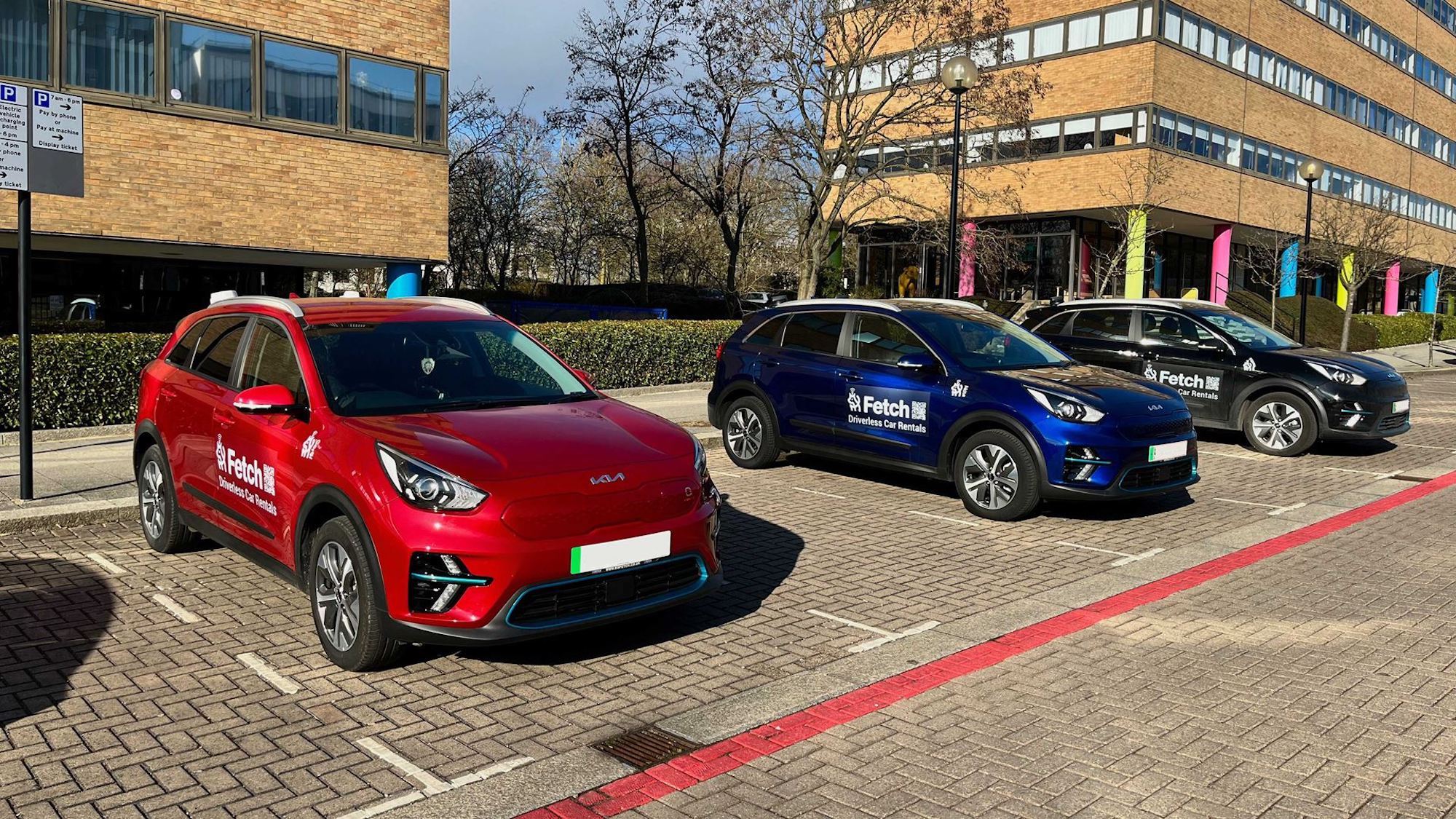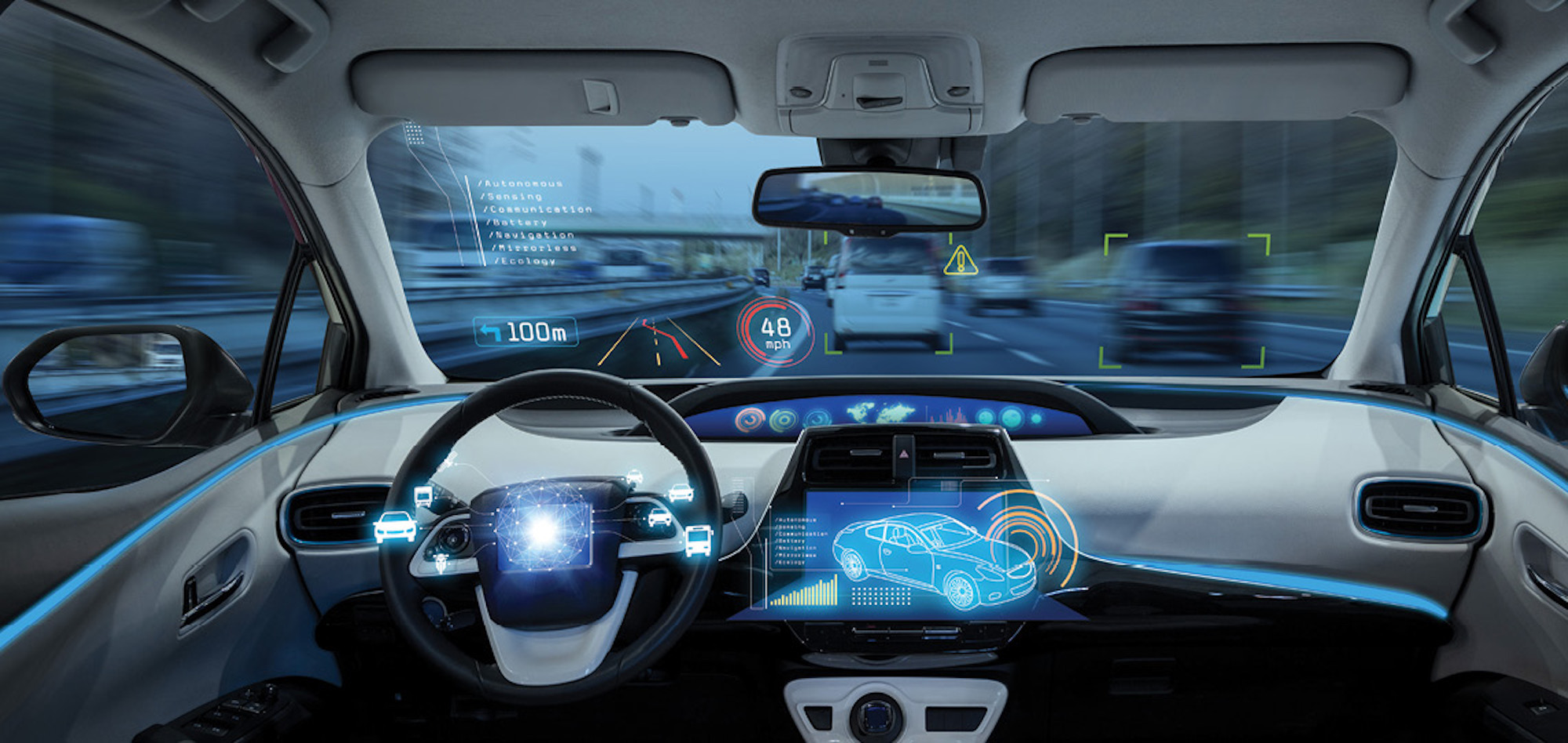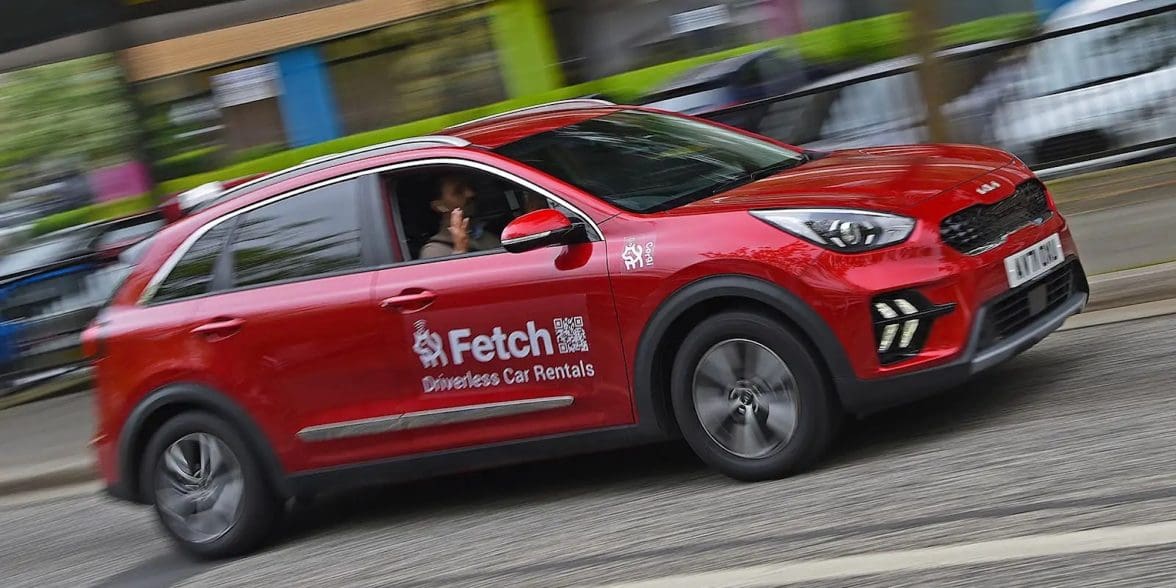“Fetch” is a service company that gets their driverless cars to clients via remote controls.
Yes, they’re officially on England’s roads, and yes, their sanctioned system is making big waves in our two-wheeled industry.
Let’s talk about it.
To clarify, the cars we’re looking at today are remote-controlled driverless cars, not autonomous driverless cars. While Tesla’s vehicles pioneer a route for the autonomous, four-wheeled markets, remote-controlled units are in the same category as drones; there’s still a human behind the final decision, they’re just sitting at a remote location, ensuring their company’s no-collision record remains pristine.
To many, remote piloting feels safer than having multiple computers do the driving for you (especially if you’re the one driving the thing)… but how safe is driverless driving for the rest of us on the road?

While there aren’t that many studies on road safety pertaining to remotely-controlled transport, we’re told by coverage from The Verge that Fetch claims over 1,000km without a single collision, logged over 18 months of testing around Milton Keynes.
These are specs that show the tech’s current capabilities, with 1000km being, in my humble opinion, not a lot. But I’m Canadian, maybe that’s just my particular topography-reinforced upbringing. Still, Fetch’s remote driver have an arguable list of everything the typical driver does, with views of mirrors and cameras showing the movement of traffic beyond the machine.
So how long can a driverless car can drive before proving that it’s not good for driving?
Hold the woodchucks, we’ve actually got an equation for that – and it’s a beauty of a thing, grabbed from Nidhi Kalra and Susan M. Paddock’s work determining modern-day road safety.
In the case of an imperfect vehicle, the probability C of a driverless car with reliability R having k failures while driving N miles is:
C = 1 − ∑k N ! R N − i ( 1 − R ) i
Knock your socks off and be sure to give Nidhi & Susan’s findings a full read if you’re interested, as their work is probably the most widely available, up-to-date research we have on the public internet… for driverless car safety, anyways.
But back to Fetch.

Fetch’s car rental process is as simple as a modern-day, app-connected system can be: Customers choose their rental on Fetch’s app and somebody on Fetch’s end remotely pilots the requested car to the client.
After that, the client is free to drive the car as one would a typical machine, with remote-controlled returns possible once the client is finished.
How do we feel about this? I personally defer to W. B. Graham, who purportedly wrote in a 1972 study that the problem isn’t to replace “man in his best role,” but to “enable man to carry out these functions safely”… but to each their own (re. RAND).



According to our self-driving car statistics, nearly 43% of people in the US don’t feel safe in a driverless car. Couple with this the fact that technology is ever evolving, and I personally am going to give the commercial remote piloting industry another year…or five… before capitalizing on the novelty.
An additional con is that tech like this is in danger of overlapping into the same category as a videogame simulator, where the perfection of performance is preferable (not necessary), and accidents are simply another excuse to try again.
By the way, trying again would be great for the driver… just not for his passengers.
Leave a comment (or three) below, letting us know what you think of remote-controlled transport.



